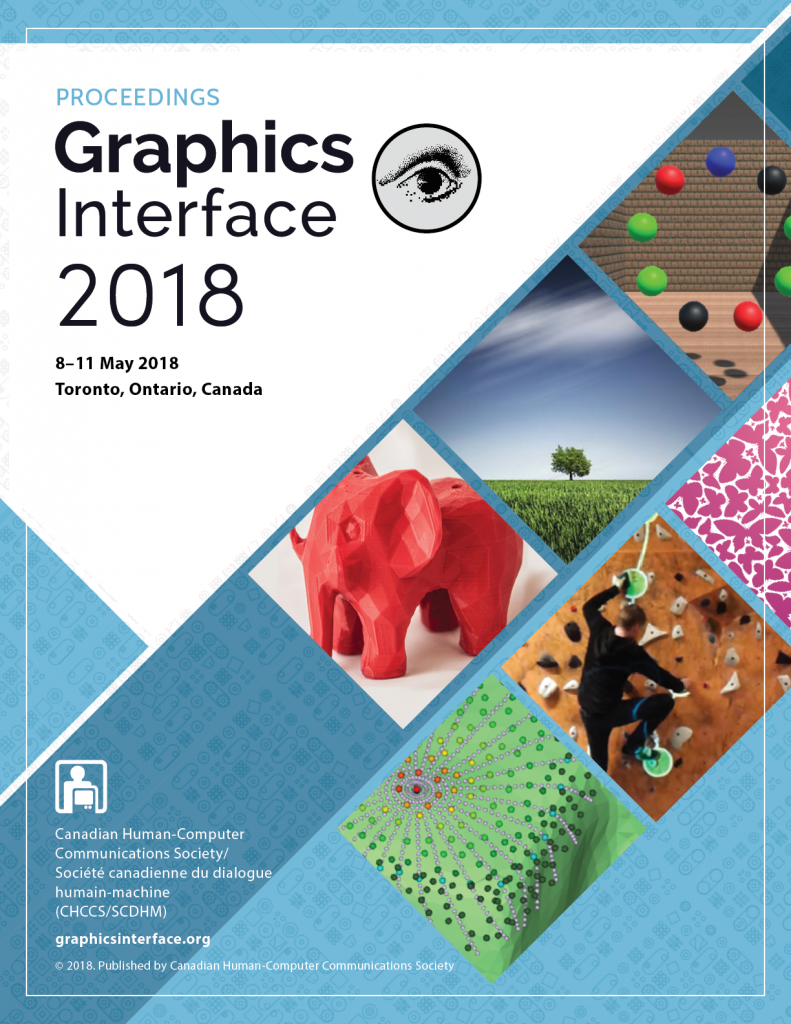BibTex
@inproceedings{Raina:2018:10.20380/GI2018.10,
author = {Raina, Prashant and Mudur, Sudhir and Popa, Tiberiu},
title = {MLS2: Sharpness Field Extraction Using CNN for Surface Reconstruction},
booktitle = {Proceedings of Graphics Interface 2018},
series = {GI 2018},
year = {2018},
isbn = {978-0-9947868-3-8},
location = {Toronto, Ontario},
pages = {66 -- 75},
numpages = {10},
doi = {10.20380/GI2018.10},
publisher = {Canadian Human-Computer Communications Society / Soci{\'e}t{\'e} canadienne du dialogue humain-machine},
}
Abstract
We address the challenging problem of reconstructing surfaces with sharp features from unstructured and noisy point clouds. For smooth surfaces, moving least squares (MLS) has been a popular method. MLS variants for dealing with sharp features have been proposed, though they have not been as successful. Our take on this problem is very different. By training a convolutional neural network (CNN), we first derive a sharpness field parametrized over the underlying smooth proxy MLS surface. This field provides us two benefits - (i) it enables us to both detect and reconstruct sharp features, this time using an anisotropic MLS kernel, while preserving most of the MLS reconstruction method's properties, and (ii) unlike classification based methods, it does not require that sharp features be present only at input points. With just a small amount of training data, we demonstrate our results on a set of illustrative test cases and compare qualitatively and quantatively with results from MLS variants and the more recent PointNet deep learning network.





















































